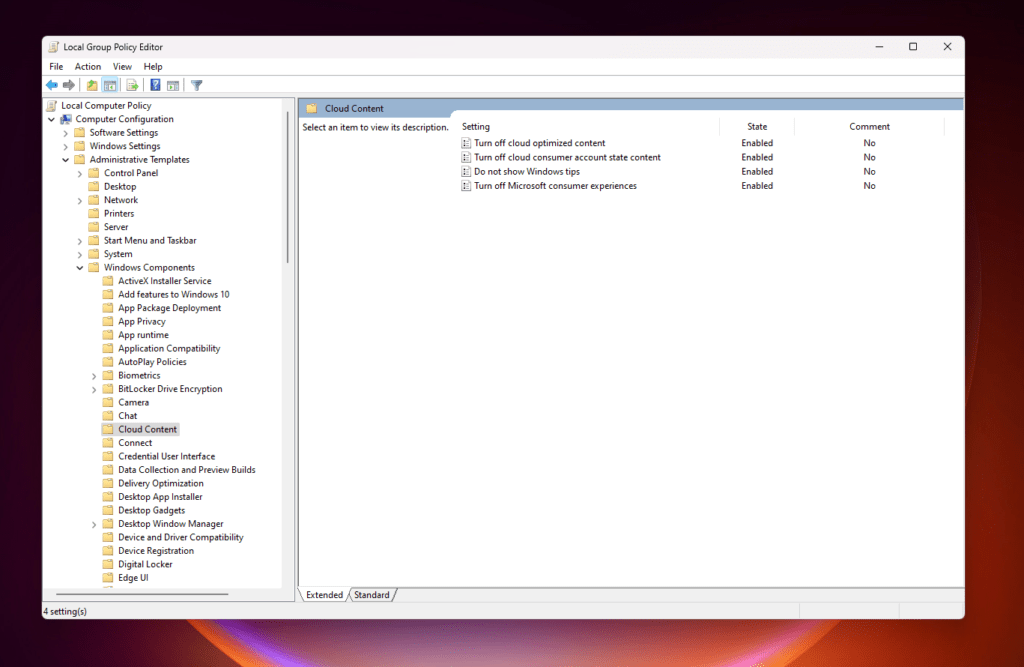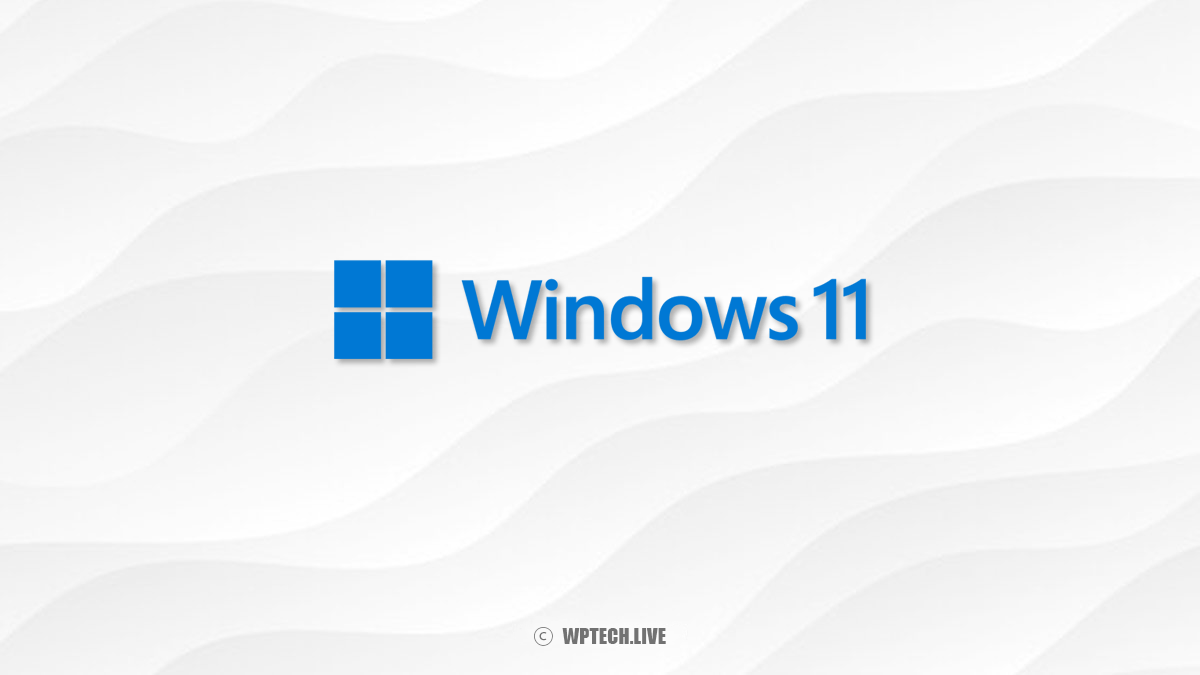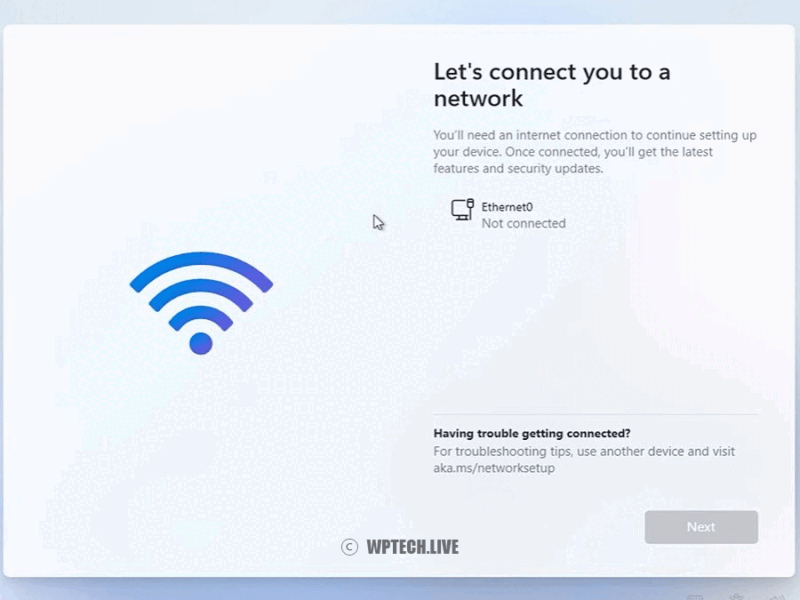Table Of Content
Windows 11 is all about customization, but sometimes it feels like Microsoft’s cloud is everywhere. While the Windows Cloud Experience offers convenience and connectivity, it’s not for everyone. Let’s explore how to turn it off completely – and why you might want to keep some features around.

What Exactly IS the Windows Cloud Experience?
The Windows Cloud Experience aims to create a seamless connection between your devices and Microsoft’s services. This means:
- Syncing Settings: Your themes, passwords, and even your Wi-Fi preferences can follow you to any Windows device.
- OneDrive Integration: Your files saved to OneDrive are accessible anywhere, offering a built-in backup solution.
- Microsoft Store and Apps: The Microsoft Store is deeply integrated, making it easier to find and install apps (some of which come pre-installed, like Skype and OneDrive).
- Timeline: This feature tracks your activities across devices, letting you jump back into a document or website you were working on earlier.
Why Does Windows Keep Installing Apps I Don’t Want?
If you’ve ever set up a new PC only to find it cluttered with Skype, OneDrive, and other apps, you’re not alone. Here’s why Microsoft does it:
- Ecosystem Building: The more you use Microsoft’s services, the better for their business.
- Convenience (In Theory): They believe these apps are useful for the average user.
- Advertising: Some pre-installed apps can generate revenue through promotions.
Is the Cloud Experience Right for You?
The answer depends on your needs and priorities:
- Privacy: If you’re not comfortable with Microsoft tracking your settings and activities, disabling the Cloud Experience might be wise.
- Storage: OneDrive’s constant syncing can consume valuable space on devices with limited storage.
- App Preferences: If you prefer alternative apps to Skype or OneDrive, there’s no reason to keep the Microsoft versions around.
The Most Effective Way to Turn Off the Cloud Experience
Windows provides several ways to adjust cloud settings, but the most thorough method is through the Group Policy Editor:
- Step 1: Search for “Edit Group Policy” and open it.
- Step 2: Go to Computer Configuration > Administrative Templates > Windows Components > Cloud Content.
- Step 3: Double-click each of the following settings and change them to “Enabled”:
- Turn off Cloud optimized content
- Turn off cloud consumer account state content
- Do not show Windows tips
- Turn off Microsoft consumer experiences
- Step 4: You can uninstall the unwanted Apps and be sure the Windows won’t reinstall these apps without your permission.
Why You Might Want to Keep SOME Cloud Features
Before you completely ditch the cloud, consider these potential benefits:
- OneDrive: It’s not just about storage. OneDrive seamlessly integrates with Microsoft Office, facilitating real-time collaboration and easy file sharing.
- Skype: While Zoom is popular, Skype boasts unique features like live captions and real-time language translation.
- Your Phone App: If you have an Android phone, this app offers remarkable integration, allowing you to access texts, notifications, and even make calls directly from your PC.
The Power of Choice
The beauty of Windows lies in its flexibility. The cloud experience can be a valuable asset, but it shouldn’t feel forced upon you. Take control of your settings, uninstall unwanted apps, and embrace the features that truly enhance your workflow.
Have any questions or tips to share? Drop a comment below! Let’s create a Windows experience that works best for you.



